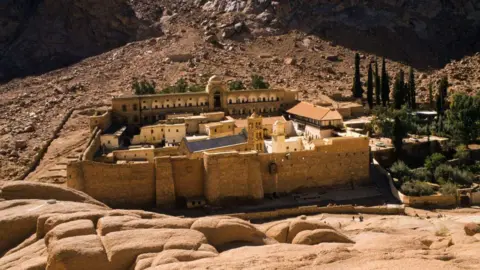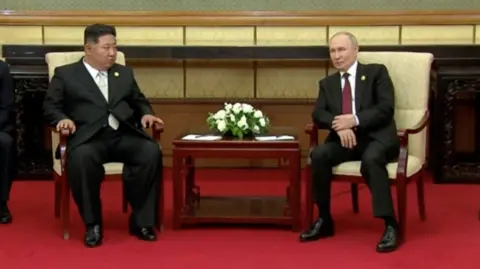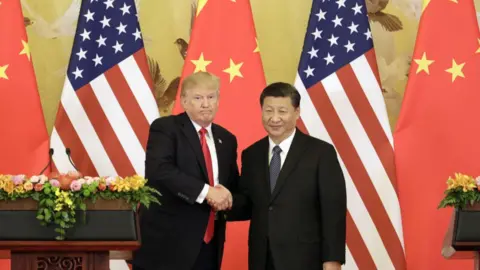The newly unveiled project, known as the Motuo Hydropower Station, began construction over the weekend under the supervision of Chinese Premier Li Qiang. This development occurs in the Yarlung Tsangpo canyon, regarded as the largest and deepest canyon on earth, located within Tibetan territory. While Beijing champions the dam’s potential for ecological benefits and local economic growth, downstream nations have raised concerns about the potential impact on millions of residents and local ecosystems.
With an investment of approximately $12 billion yuan (around $1.67 billion), the Motuo Hydropower Station is expected to surpass the Three Gorges Dam in energy production capability—potentially yielding three times more energy than its predecessor. However, experts warn that such an addition may give China leverage in controlling the water flow of the Yarlung Tsangpo, which is vital for regions in India, such as Arunachal Pradesh and Assam, as well as Bangladesh.
Concerns from Indian officials have intensified as Arunachal Pradesh’s Chief Minister Pema Khandu described the impending dam as a severe threat to local communities, suggesting it could lead to significant ecological damage and risk the livelihoods of indigenous tribes in the region. Khandu expressed fears that uncontrolled water releases could annihilate agricultural land, pose risks to human life, and drastically alter the local environment.
India has previously voiced its apprehension to China regarding large-scale water projects, urging transparency in operations. In a recent move to safeguard its interests, India is planning to construct its own hydropower dam on the Siang River, which may serve as a countermeasure to potential flooding stemming from Chinese water management strategies. Meanwhile, Bangladesh officials have similarly alerted Beijing to their concerns and sought information on the project's particulars.
China's ambitions for the dam align with a broader initiative aimed at tapping the hydropower resources in Tibet, pushing the narrative that this effort will reduce pollution and support rural development. Critics, however, argue these projects are merely exploitation masquerading as benevolence, with past protests against hydropower projects resulting in severe crackdowns and arrests among the Tibetan population. Environmentalists also express unease about potential damage to biodiversity in the area, particularly given the geological instability attributed to earthquakes in the region.
As construction progresses, the geopolitical implications and local environmental stresses of the Motuo Hydropower Station will be closely monitored not just by neighboring countries, but by the international community at large.
With an investment of approximately $12 billion yuan (around $1.67 billion), the Motuo Hydropower Station is expected to surpass the Three Gorges Dam in energy production capability—potentially yielding three times more energy than its predecessor. However, experts warn that such an addition may give China leverage in controlling the water flow of the Yarlung Tsangpo, which is vital for regions in India, such as Arunachal Pradesh and Assam, as well as Bangladesh.
Concerns from Indian officials have intensified as Arunachal Pradesh’s Chief Minister Pema Khandu described the impending dam as a severe threat to local communities, suggesting it could lead to significant ecological damage and risk the livelihoods of indigenous tribes in the region. Khandu expressed fears that uncontrolled water releases could annihilate agricultural land, pose risks to human life, and drastically alter the local environment.
India has previously voiced its apprehension to China regarding large-scale water projects, urging transparency in operations. In a recent move to safeguard its interests, India is planning to construct its own hydropower dam on the Siang River, which may serve as a countermeasure to potential flooding stemming from Chinese water management strategies. Meanwhile, Bangladesh officials have similarly alerted Beijing to their concerns and sought information on the project's particulars.
China's ambitions for the dam align with a broader initiative aimed at tapping the hydropower resources in Tibet, pushing the narrative that this effort will reduce pollution and support rural development. Critics, however, argue these projects are merely exploitation masquerading as benevolence, with past protests against hydropower projects resulting in severe crackdowns and arrests among the Tibetan population. Environmentalists also express unease about potential damage to biodiversity in the area, particularly given the geological instability attributed to earthquakes in the region.
As construction progresses, the geopolitical implications and local environmental stresses of the Motuo Hydropower Station will be closely monitored not just by neighboring countries, but by the international community at large.





















